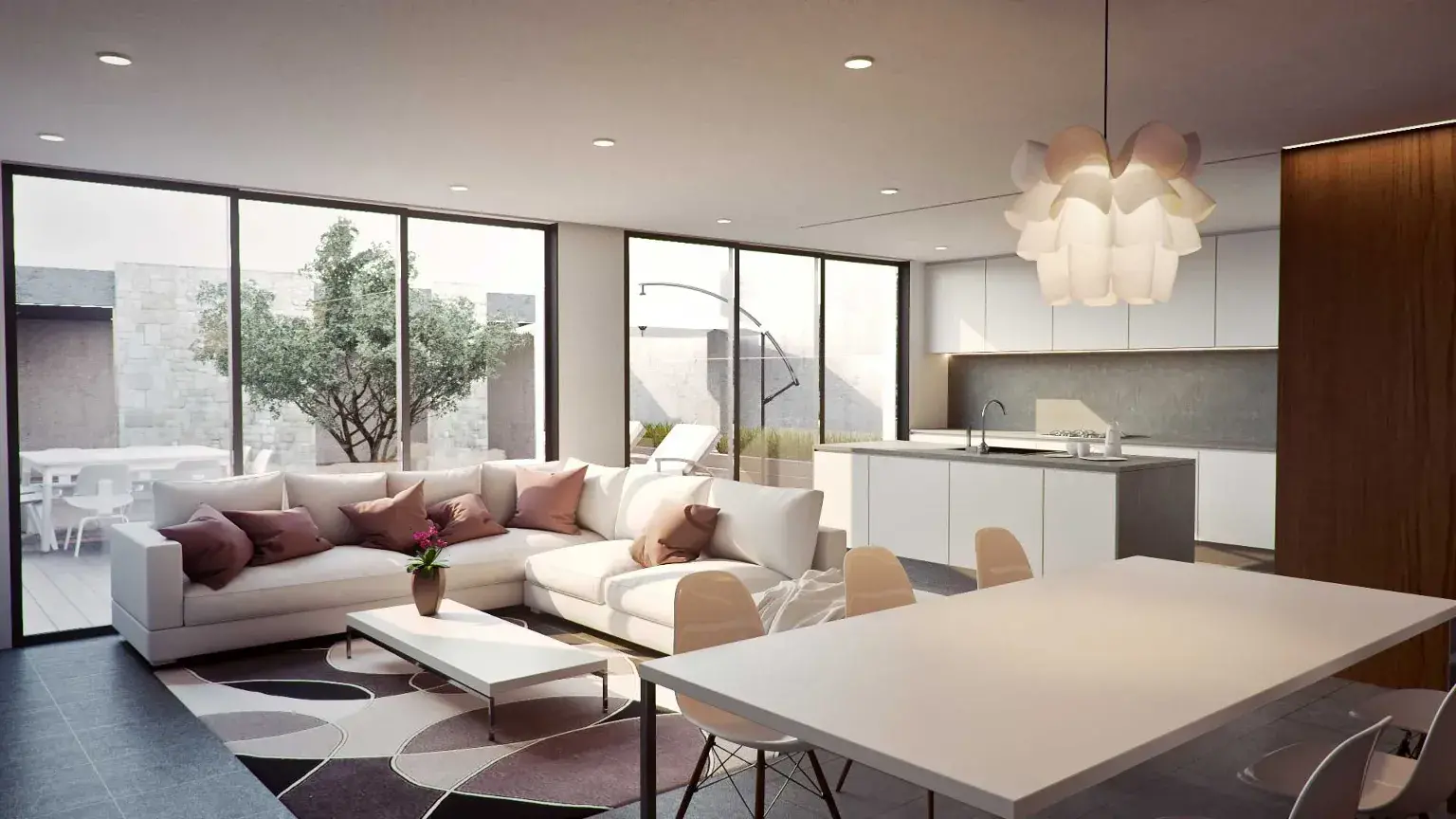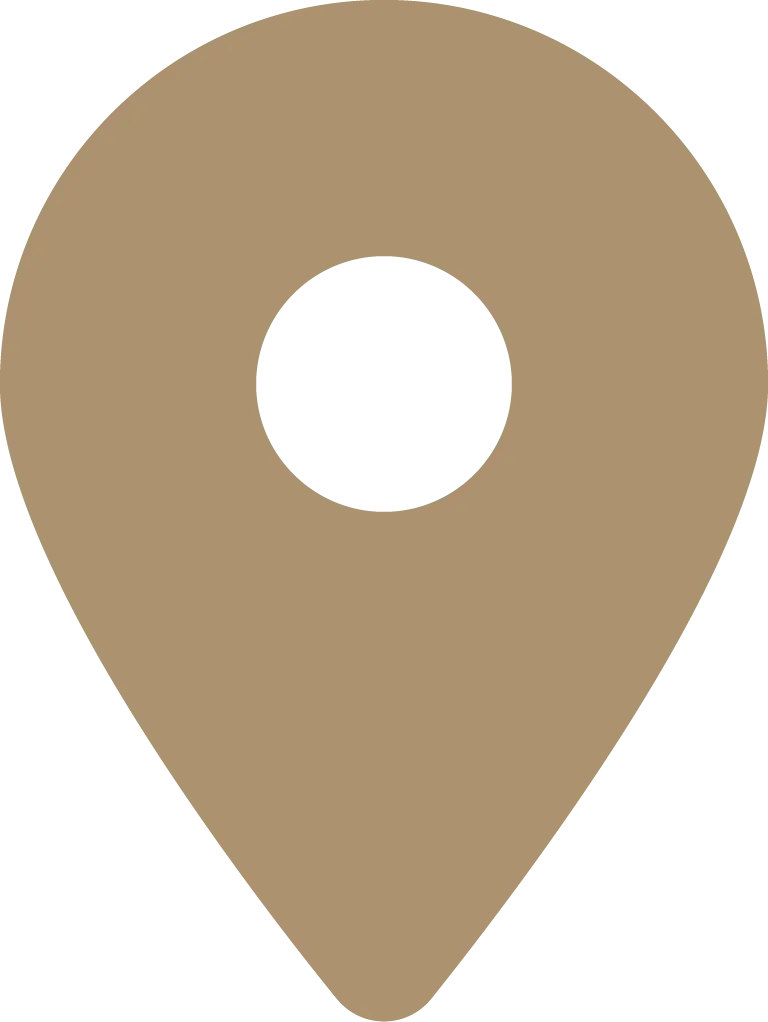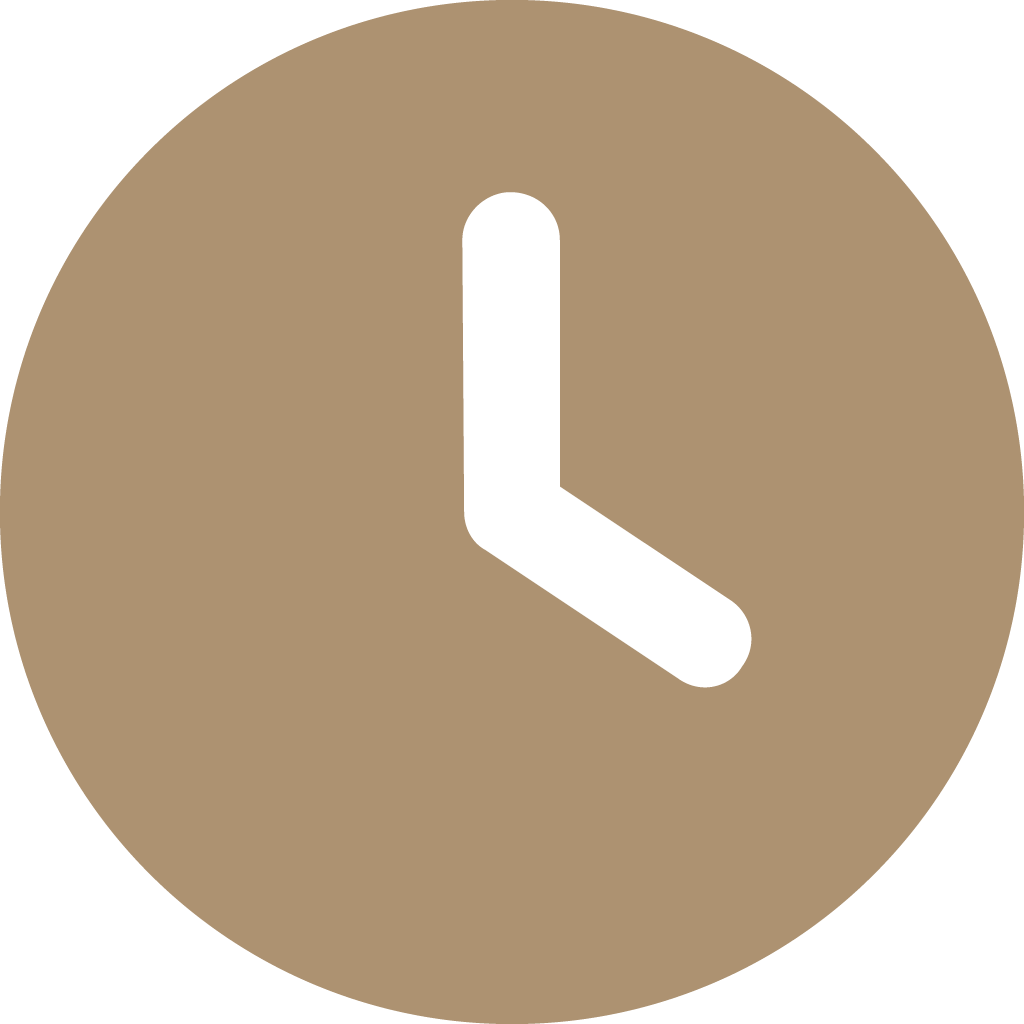What is the process of having a home inspection done?
The process starts with a phone call or written correspondence with us for a brief consultation regarding the available inspection options and pricing. We then set up an appointment time and a pre-inspection agreement will be drawn up and sent to the client to review and sign. The agreement must be signed prior to, or on the day of the appointment for the inspection work to begin. Upon completion of the home inspection, a detailed written inspection report will be sent to the client via email within two business days. If the client opts to have a radon test performed at the property, the testing and processing time normally require between 5-6 business days whereby a lab report will be sent via email.
Do you inspect condominiums, single family homes and multi-family properties?
Yes, we inspect all of the aforementioned properties. In particular we have a vast amount of experience in inspecting multi-family properties with over 2 units which require some different knowledge sets and certification to test radon in the state of New Jersey.
Why do I need a home inspection?
As a home buyer making what is possibly the biggest purchase of your life, a home inspection is critical to understand the condition of the property being bought. The buyer needs to know what works, what does not work, and what may be hazardous to their family’s health. Having this information is key to making an informed judgement on the actual value versus market value of the home prior to the closing. A true cost basis for a home purchase can only be arrived by knowing what needs to be repaired now and what may need repair in the near future.
As a seller, a pre-sale home inspection may provide a great benefit to providing insight into the condition of the home – particularly for older homes that may have lead, asbestos, or other potentially hazardous environmental factors. No seller wants to have a buyer be under contract and have them back out of the deal because the buyer’s home inspector discovered major deficiencies that severely downgrade the value of the home. Simply put, a buyer cancelling a deal citing inspection contingencies in their contract is a waste of valuable time and associated legal fees.
Should the buyer be present at the inspection?
Yes, it is always recommended that the buyer be present for the entire duration of the home inspection. The home inspection is the best time to ask questions about the major systems of the home, especially if material deficiencies are discovered.
How long does a home inspection normally take?
A single family home up to about 2000sq ft normally takes 2.5 hours to complete an inspection. Very large homes with multiple external structures may take much longer and be commensurate with size. Smaller condominiums with 1-2 bedrooms can average 1-1.5 hours.
What makes you stand out from other home inspection providers?
We are extremely thorough, detail oriented and totally unbiased. We are in the business of protecting and informing our clients, the home buyer. We do not filter or compromise on telling the truth about our findings in order to garner more business from the real estate market community.
Does your home inspection follow a Standard of Practice?
Yes, we strictly follow and abide by the rules and regulations of the New Jersey Home Inspection licensing board’s 13:40-15.16 STANDARDS OF PRACTICE as outlined below:
13:40-15.16 STANDARDS OF PRACTICE
a) All licensees shall comply with the standards of practice contained in this section when
conducting home inspections. The scope of home inspection services performed in
compliance with the requirements set forth in this section shall provide the client with
objective information regarding the condition of the systems and components of the home as
determined at the time of the home inspection.
b) Nothing in this section shall be construed to require a licensee to:
1) Enter any area or perform any procedure that is, in the opinion of the home inspector,
unsafe and likely to be dangerous to the inspector or other persons;
2) Enter any area or perform any procedure that will, in the opinion of the licensee, likely
damage the property or its systems or components;
3) Enter any area which does not have at least 24 inches of unobstructed vertical clearance
and at least 30 inches of unobstructed horizontal clearance;
4) Identify concealed conditions and latent defects;
5) Determine life expectancy of any system or component;
6) Determine the cause of any condition or deficiency;
7) Determine future conditions that may occur including the failure of systems and
components including consequential damage;
8) Determine the operating costs of systems or components;
9) Determine the suitability of the property for any specialized use;
10) Determine compliance with codes, regulations and/ or ordinances;
11) Determine market value of the property or its marketability;
12) Determine advisability of purchase of the property;
[Home Inspection Advisory Committee] LAW AND PUBLIC SAFETY
Chapter 40 Subchapter 15 Page 23 of 41 Last Revision Date: 4/2/21
13) Determine the presence of any potentially hazardous plants, animals or diseases or the
presence of any suspected hazardous substances or adverse conditions such as mold,
fungus, toxins, carcinogens, noise, and contaminants in soil, water, and air;
14) Identify the presence of, or determine the effectiveness of, any system installed or
method utilized to control or remove suspected hazardous substances;
15) Operate any system or component which is shut down or otherwise inoperable;
16) Operate any system or component which does not respond to normal operating controls;
17) Operate shut-off valves;
18) Determine whether water supply and waste disposal systems are public or private;
19) Insert any tool, probe or testing device inside electrical panels;
20) Dismantle any electrical device or control other than to remove the covers of main and
sub panels;
21) Inspect, identity, or disclose ancillary electrical devices and or/systems, such as, but not
limited to, Arc Fault Circuit Interrupters (AFCIs), standby generators, and photovoltaic
(solar) panels;
22) Walk on unfloored sections of attics; and
23) Light pilot flames or ignite or extinguish fires.
c) Licensees shall:
1) Inspect the following systems and components in residential buildings and other related
residential housing components:
i) Structural components as required by (e) below;
ii) Exterior components as required by (f) below;
iii) Roofing system components as required by (g) below;
[Home Inspection Advisory Committee] LAW AND PUBLIC SAFETY
Chapter 40 Subchapter 15 Page 24 of 41 Last Revision Date: 4/2/21
iv) Plumbing system components as required by (h) below;
v) Electrical system components as required by (i) below;
vi) Heating system components as required by (j) below;
vii) Cooling system components as required by (k) below;
viii)Interior components as required by (l) below;
ix) Insulation components and ventilation system as required by (m) below; and
x) Fireplaces and solid fuel burning appliances as required by (n) below;
2) Prepare a home inspection report, which shall:
i) Disclose those systems and components as set forth in (c)1 above which were
present at the time of inspection;
ii) Disclose systems and components as set forth in (c)1 above that were present at the
time of the home inspection, but were not inspected, and the reason(s) they were not
inspected;
iii) Describe the systems and components specified in (c)1 above;
iv) State material defects found in systems or components specified in (c)1 above;
v) State the significance of findings where any material defects in the systems and
components of (c)1 above were found; and
vi) Provide recommendations where material defects were found to repair, replace, or
monitor a system or component specified in (c)1 above or to obtain examination and
analysis by a qualified professional, tradesman, or service technician without
determining the methods, materials or cost of corrections; and
3) Retain copies of all home inspection reports prepared pursuant to (c)2 above, for a
period of five years upon completion of the report;
d) Subsection (c) above is not intended to limit licensees from:
[Home Inspection Advisory Committee] LAW AND PUBLIC SAFETY
Chapter 40 Subchapter 15 Page 25 of 41 Last Revision Date: 4/2/21
1) Inspecting or reporting observations and conditions observed in systems and
components in addition to those required in (c)1 above and inspecting systems and
components other than those mandated for inspection in (c)1 above, as long as the
inspection and reporting is based on the licensee’s professional opinion, prior work
experience, education and training, unless these standards of practice prohibit the
licensee from inspecting such system or component;
2) Contracting with the client to provide, for an additional fee additional inspection services
provided the licensee is educated, trained, certified, registered or licensed, pursuant to
the provisions of N.J.A.C. 13:40-15.21 and other applicable statutes and rules; and
3) Excluding systems and components from the inspection pursuant to N.J.A.C. 13:40-
15.15(b) and (c)2ii above.
e) When conducting the inspection of the structural components, the home licensee shall:
1) Inspect:
i) Foundation;
ii) Floors;
iii) Walls;
iv) Ceilings; and
v) Roof;
2) Describe:
i) Foundation construction type and material;
ii) Floor construction type and material;
iii) Wall construction type and material;
iv) Ceiling construction type and material; and
v) Roof construction type and material;
[Home Inspection Advisory Committee] LAW AND PUBLIC SAFETY
Chapter 40 Subchapter 15 Page 26 of 41 Last Revision Date: 4/2/21
3) Probe structural components where deterioration is suspected unless such probing would
damage any finished surface; and
4) Describe in the home inspection report the methods used to inspect under-floor crawl
spaces and attics.
f) When conducting the inspection of the exterior components, a licensee shall:
1) Inspect:
i) Exterior surfaces, excluding shutters, and screening, awnings, and other similar
seasonal accessories;
ii) Exterior doors excluding storm doors or safety glazing;
iii) Windows excluding storm windows and safety glazing;
iv) Attached or adjacent decks, balconies, stoops, steps, porches, and their railings;
v) Vegetation, grading, drainage, and retaining walls with respect to their immediate
detrimental effect on the condition of the residential building, excluding fences,
geological and/or soil conditions, sea walls, break-walls, bulkheads and docks, or
erosion control and earth stabilization;
vi) Attached or adjacent walkways, patios, and driveways; and
vii) Garage doors including automatic door openers and entrapment protection
mechanisms, excluding remote control devices; and
2) Describe exterior wall surface type and material.
g) When inspecting the roof of a residential building, the licensee shall:
1) Inspect:
i) Roofing surface, excluding antennae and other installed accessories such as solar
heating systems, lightning arresters, and satellite dishes;
ii) Roof drainage systems;
[Home Inspection Advisory Committee] LAW AND PUBLIC SAFETY
Chapter 40 Subchapter 15 Page 27 of 41 Last Revision Date: 4/2/21
iii) Flashing;
iv) Skylights; and
v) Exterior of chimneys;
2) Describe:
i) Roof surface;
ii) Deficiencies in the roof drainage systems;
iii) Deficiencies in the flashing;
iv) Skylights; and
v) Chimneys;
3) Employ reasonable, practicable and safe methods to inspect the roof, such as:
i) Walking on the roof;
ii) Observation from a ladder at roof level; or
iii) Visual examination with binoculars from ground level; or
iv) Through the use of a drone or similar unmanned aircraft systems (consistent with
applicable State or Federal laws, rules and regulations on licensure or certification
requirements for the commercial use of drones or similar unmanned aircraft
systems); and
4) Describe the methods used to inspect the roof.
h) When inspecting the roof of a residential building, the licensee shall:
1) Inspect:
[Home Inspection Advisory Committee] LAW AND PUBLIC SAFETY
Chapter 40 Subchapter 15 Page 28 of 41 Last Revision Date: 4/2/21
i) Interior water supply and distribution systems including functional water flow and
functional damage, excluding wells, well pumps, well water sampling or water storage
related equipment, determination of water supply quantity or quality and water
conditioning systems and lawn irrigation systems;
ii) All interior fixtures and faucets, excluding stuff off valves, wells, well pumps, well
water sampling and water storage related equipment;
iii) Drain, waste, and vent systems;
iv) Domestic water heating systems, without operating safety valves or automatic safety
controls, and excluding solar water heating systems;
v) Combustion vent systems excluding interiors of flues and chimneys;
vi) Fuel distribution systems; and
vii) Damage sumps, sumps pumps and related piping; and
2) Describe:
i) Predominant interior water supply and distribution piping materials, including the
presence of lead water service and/or supply piping;
ii) Predominant drain, waste and vent piping materials; and
iii) Water heating equipment including energy sources.
i) When inspecting the electrical system, a home inspector shall:
1) Inspect:
i) Service entrance system;
ii) Main disconnects, main panel and sub panels, including interior components of main
panel and sub panels;
iii) Service grounding;
[Home Inspection Advisory Committee] LAW AND PUBLIC SAFETY
Chapter 40 Subchapter 15 Page 29 of 41 Last Revision Date: 4/2/21
iv) Wiring, without measuring amperage, voltage or impedance, excluding any wiring not
a part of the primary electrical power distribution system, such as central vacuum
systems, remote control devices, telephone or cable system wiring, intercom
systems, security systems and low voltage wiring systems;
v) Over-current protection devices and the compatibility of their ampacity with that of the
connected wiring;
vi) At least one of each interior installed lighting fixture, switch, and receptacle per room
and at least one exterior installed lighting fixture, switch, and receptacle per side of
house; and
vii) Ground fault circuit interrupters; and
2) Describe:
i) Amperage and voltage rating of the service;
ii) Location of main disconnect, main panels, and sub-panels;
iii) Type of over-current protection devices;
iv) Predominant type of wiring;
v) Presence of knob and tube branch circuit wiring; and
vi) Presence of solid conductor aluminum branch circuit wiring.
j) When inspecting the heating system, a licensee shall:
1) Inspect:
i) Installed heating equipment and energy sources, without determining heat supply
adequacy or distribution balance, and without operating automatic safety controls or
operating heat pumps when weather conditions or other circumstances may cause
damage to the pumps, and excluding humidifiers, electronic air filters and solar
heating systems;
ii) Combustion vent systems and chimneys, excluding interiors of flues or chimneys;
[Home Inspection Advisory Committee] LAW AND PUBLIC SAFETY
Chapter 40 Subchapter 15 Page 30 of 41 Last Revision Date: 4/2/21
iii) Fuel storage tanks, excluding propane and underground storage tanks; and
iv) Visible and accessible portions of the heat exchanger; and
2) Describe:
i) Heating equipment and distribution type; and
ii) Energy sources.
k) When inspecting the cooling system, a licensee shall:
1) Inspect:
i) Central cooling system, excluding electronic air filters and excluding determination of
cooling supply adequacy or distribution balance and without operating central cooling
equipment when weather conditions or other circumstances may cause damage to
the cooling equipment;
ii) Permanently installed hard-wired, through-wall individual cooling systems; and
iii) Energy sources; and
2) Describe:
i) Cooling equipment and distribution type; and
ii) Energy sources.
l) When inspecting the interior of a residential building, a licensee shall:
1) Inspect:
i) Walls, ceilings, and floors excluding paint, wallpaper and other finish treatments,
carpeting and other non-permanent floor coverings;
ii) Steps, stairways, and railings;
[Home Inspection Advisory Committee] LAW AND PUBLIC SAFETY
Chapter 40 Subchapter 15 Page 31 of 41 Last Revision Date: 4/2/21
iii) Installed kitchen wall cabinets to determine if secure;
iv) At least one interior passage door and operate one window per room excluding
window treatments; and
v) Household appliances limited to:
(1) The kitchen range and oven to determine operation of burners or heating
elements excluding microwave ovens and the operation of self-cleaning cycles
and appliance timers and thermostats;
(2) Dishwasher to determine water supply and drainage; and
(3) Garbage disposer.
m) When inspecting the insulation components and ventilation system of a residential building,
the licensee shall:
1) Inspect:
i) Insulation in unfinished spaces without disturbing insulation;
ii) Ventilation of attics and crawlspaces; and
iii) Mechanical ventilation systems; and
2) Describe:
i) Insulation in unfinished spaces adjacent to heated areas; and
ii) Evidence of inadequate attic and crawlspace ventilation.
n) When inspecting fireplaces and solid fuel burning appliances, a licensee shall:
1) Inspect:
i) Fireplaces and solid fuel burning appliances, without testing draft characteristics,
excluding fire screens and doors, seals and gaskets, automatic fuel feed devices,
[Home Inspection Advisory Committee] LAW AND PUBLIC SAFETY
Chapter 40 Subchapter 15 Page 32 of 41 Last Revision Date: 4/2/21
mantles and non-structural fireplace surrounds, combustion make-up air devices, or
gravity fed and fan assisted heat distribution systems; and
ii) Chimneys and combustion vents excluding interiors of flues and chimneys; and
2) Describe:
i) Type of fireplaces and/or solid fuel burning appliances;
ii) Energy source; and
iii) Visible evidence of improper draft characteristics.



